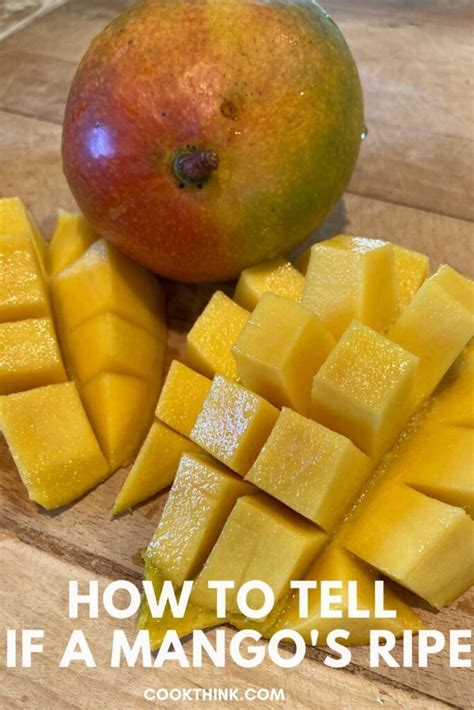How to Tell When a Mango Is Ripe: A Guide to Perfectly Sweet Fruit
Mangoes: the juicy, sweet, and aromatic jewels of the fruit world. But picking the perfect mango can feel like a gamble. One minute you're holding a fragrant treasure, the next you're wrestling with a hard, tasteless fruit. Fear not, fellow mango lovers! This guide will teach you how to select ripe mangoes every time, ensuring maximum deliciousness.
Visual Cues: What to Look For
The appearance of a mango is your first clue to its ripeness. Here's what to check:
Color:
This is often the most obvious indicator, but it's not foolproof. The color of a ripe mango varies greatly depending on the variety. Some mangoes turn bright red, others a deep orange, and some even remain green when perfectly ripe. Instead of focusing on a specific color, look for even coloring. Avoid mangoes with large patches of green unless you know the variety stays green when ripe.
Skin Texture:
A ripe mango will have slightly soft skin, giving gently to the touch. Avoid mangoes that are rock-hard, as these are underripe. Conversely, avoid mangoes that are overly soft, mushy, or have bruises; these are overripe. The skin should feel supple, like a well-hydrated peach.
Aroma:
Bring the mango to your nose and give it a gentle sniff. A ripe mango will have a sweet, tropical fragrance. If it smells faintly or not at all, it's likely underripe. A strong, fermented smell indicates it’s overripe.
Beyond the Basics: Additional Tips for Mango Selection
- Gently Squeeze: Apply gentle pressure to the mango. A ripe mango will yield slightly to the touch without feeling mushy.
- Check the Stem: While not always reliable, a slightly shrunken stem can sometimes indicate ripeness.
- Look for blemishes: Avoid mangoes with significant cuts, bruises, or dark spots, as these can indicate damage or spoilage.
What to Do with Underripe and Overripe Mangoes
Don't despair if you accidentally pick an underripe or overripe mango!
Underripe Mangoes:
Place your underripe mango in a paper bag at room temperature along with a banana or apple (these release ethylene gas, which helps the mango ripen faster). Check it daily; it should ripen within a few days.
Overripe Mangoes:
Overripe mangoes are still usable! They are perfect for smoothies, mango salsa, or even mango sorbet. Just be sure to use them quickly before they become too mushy.
Conclusion: Enjoy Your Perfectly Ripe Mangoes!
Mastering the art of mango selection takes practice, but with these tips, you'll be well on your way to enjoying perfectly ripe, juicy, and sweet mangoes every time. Remember to look, feel, and smell – and soon you’ll be a mango-picking pro! Now get out there and find your perfect mango!
